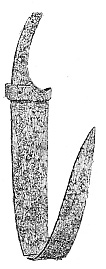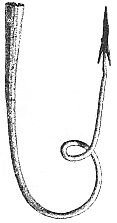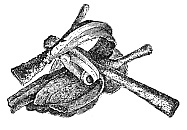We have to distinguish between gravegoods and bog sacrifices.
The custom to bend swords and lanceheads for burials is a cetlic tradition which has been absorbed by many germanic tribes together with cremation burials. As they changed to inhumation burials, the destruction of weapons ceded also.
I guess there was a religious thing behind the destruction of the weapons, but also the fear of graverobbing. We have indeed plentifull evidence of this for any time in history and prehistory.
The other thing are the bog sacrifices, a northern germanic custom which took place between 350 bc (Hjortspring sacrifice) and the middle of the 5th century AD (e.g. Nydam II)
The generally consist of an enormous number of weapons and general equipment of unsuccessfull invading armies, including several warships, hundreds of swords lances, spearheads,
shields, axes arrows and bows.
Due to the special chemical conditions in the soil most of the organic parts of the sacrifices have been preserved.
Latest excavations also revealed the sacrifice of up to a thousend human individuals ( though sacrificed at several different occasions) at the bog of Illerup Ådal.
The destruction of weapons is only casual here. But there are traces that some of the damage was done after the battle, like the spearhead you posted. Ther might have been a ritual destruction of a part of the sacrifice.
Especially precious and prestigous pieces have been destroyed. For example, the red tunic and trousers from Thorsberg have been literally cut into pieces, same goes for the pseudocorinthian roman cavalry helmet from this bog. The shields have been smashed into pieces by axes and the bosses look like a madman with a big hammer hah his way with them.
And in Nydam I, one third of all spearheads (278 in total) have been bent. The one Dmitry posted is an example for them. Definatly no battle damage.





